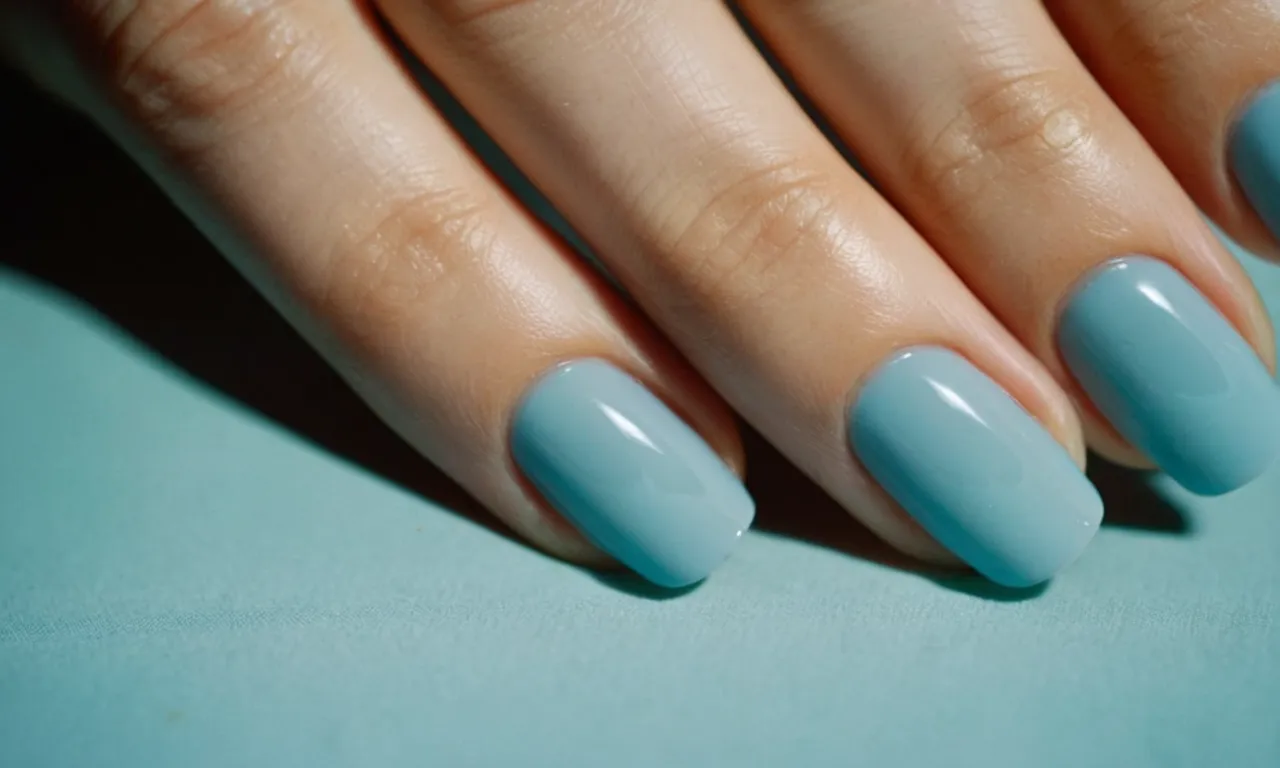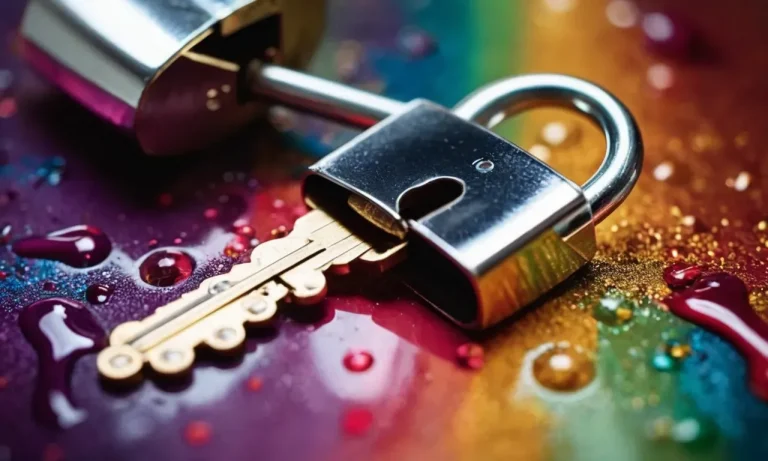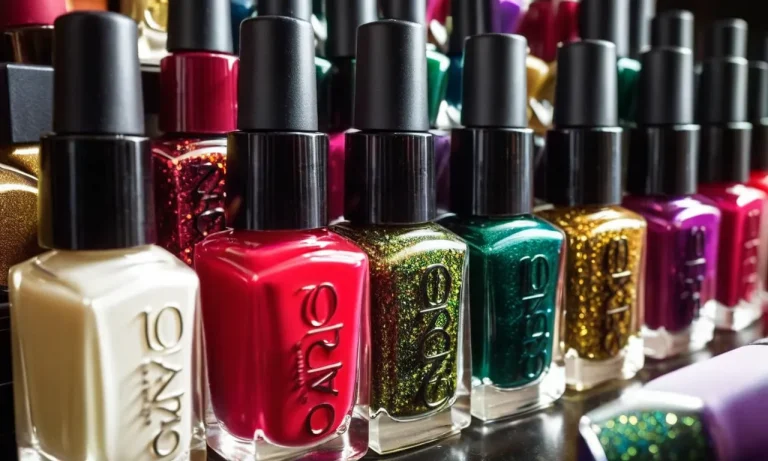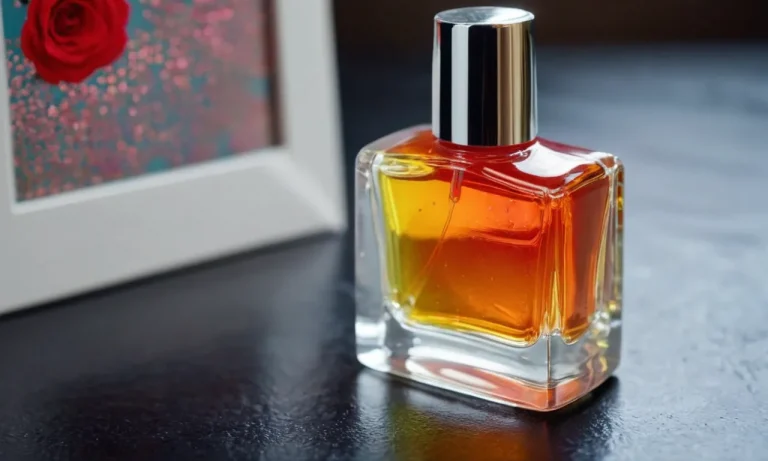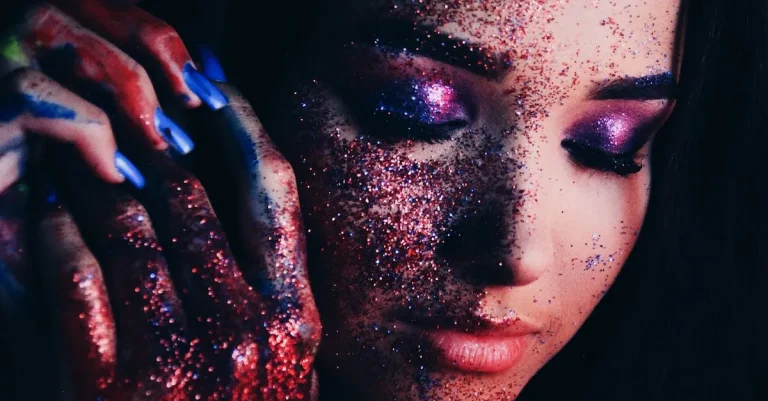Why Are My Nail Beds Blue? A Comprehensive Guide
Have you ever noticed that your fingernails or toenails have a bluish tint around the edges? This condition, known as cyanosis of the nail beds, can be alarming but is usually harmless. In this comprehensive guide, we’ll explore all the reasons your nail beds might look blue and what you can do about it.
If you’re short on time, here’s a quick answer: Nail beds often appear blue when blood oxygen levels are low or poor circulation prevents oxygenated blood from reaching the fingers and toes. It’s typically harmless, but certain underlying conditions like lung disease, heart problems, or Raynaud’s can cause it.
What Causes Blue Nail Beds?
Poor Circulation and Blood Flow
Inadequate blood flow and circulation to the hands and fingers is one of the most common reasons for blue-tinted nail beds (Healthline). When blood carries insufficient oxygen around the body, it can appear darker and cause a bluish discoloration.
Underlying medical conditions like anemia, hypothyroidism, diabetes, or autoimmune disorders can restrict circulation and may require treatment.
Low Oxygen Saturation
Oxygen saturation refers to the amount of oxygen carried in your blood. Low oxygen levels, known as hypoxia, make blood appear blue or purple. This discoloration can occur due to health issues such as chronic obstructive pulmonary disease, asthma, pneumonia, and congestive heart failure.
Raynaud’s Phenomenon
Raynaud’s phenomenon is a disorder that causes narrowing of blood vessels in cold temperatures or emotional stress. During episodes, reduced blood flow turns nail beds pale or bluish. Primary Raynaud’s has no underlying cause, while secondary Raynaud’s results from an associated illness.
Cold Temperatures
Exposure to cold triggers vasoconstriction, narrowing blood vessels in the skin and extremities. This diminished blood flow can briefly make nail beds appear purple, blue, or gray until circulation improves. While temporary, long-term cold exposure increases risks.
Bruising Under the Nail
Injuries like jamming a finger can rupture tiny blood vessels under the nail. The pooled blood trapped below the hard nail plate takes on a dark red or blue hue before slowly growing out with the nail over weeks.
Fungal Nail Infections
Toenail fungus accounts for around 50% of nail issues (American Academy of Dermatology). As the infection progresses, debris buildup under the nail can give a dark or bluish look. Oral and topical medications treat most fungal nail bed discoloration.
Thickened Nails
Various conditions can cause nails to thicken, increasing opacity. Darker nail beds then show through the hardened keratin, creating a bluish tone. Potential reasons range from repetitive trauma to skin diseases like eczema or psoriasis.
Medications Like Antimalarials
Certain prescription drugs are linked to bluish nail discoloration in rare cases. Malaria prevention medications containing quinine or chloroquine may deposit in growing nails. Chemotherapy agents, gold salts, and some antibiotics also cause occasional blue staining.
When to See a Doctor
With Respiratory Conditions
If your bluish nail beds are accompanied by respiratory symptoms like shortness of breath, wheezing, or coughing, it’s important to see a doctor. These could be signs of an underlying lung condition reducing oxygen supply in the blood like chronic obstructive pulmonary disease (COPD), asthma, or pulmonary fibrosis.
Your doctor can perform exams and tests like a chest X-ray or CT scan to determine if there is impaired lung function leading to poor oxygenation.
Some statistics show that nearly 25 million Americans have asthma, which causes swelling and narrowing of airways, while over 16 million have COPD, leading to obstructed airflow. Getting prompt treatment for respiratory conditions is key to prevent complications like bluish discoloration spreading to lips and skin.
If It’s Painful
In some cases, blue nail beds may be accompanied by pain, swelling, throbbing, or tingling of the fingers or toes. This could indicate an underlying circulation issue reducing blood flow to the extremities.
Conditions like Raynaud’s phenomenon, peripheral artery disease, or even a blood clot can restrict circulation.
It’s crucial to get evaluated promptly if you have painful blue nails to prevent permanent tissue damage. Your doctor may run tests like bloodwork, Doppler ultrasound, or angiogram to check for blockages. Proper treatment to improve circulation may include medications, surgery, or lifestyle changes.
With Other Concerning Symptoms
See your doctor right away if blue nail beds occur along with other problematic symptoms. For example, if it’s paired with pale skin, confusion, extreme fatigue, or rapid breathing, it could signal oxygen deprivation or a heart or lung condition requiring emergency care.
Additionally, if the discoloration is accompanied by numbness, tingling, or loss of sensation in the fingers or toes, it may indicate an underlying nerve condition like peripheral neuropathy. Other red flags include blue lips, rash, or swelling of the extremities which need medical evaluation.
Persistent Discoloration
In most cases, blue nail beds are temporary and clear up once the underlying condition improves. However, if the bluish tint persists for more than a few weeks, regularly occurs with cold exposure, or seems to be worsening, visit your doctor.
While it may be harmless for some individuals, ongoing cyanosis may signal impaired circulation, reduced oxygen supply, or other issues needing treatment. It’s better to get checked out, as many causes like connective tissue disorders, heart defects, or lung damage can worsen over time if left unaddressed.
Treatments and Home Remedies
Treating Underlying Conditions
If blue nail beds are caused by an underlying medical condition like Raynaud’s phenomenon, scleroderma, heart disease, or lung disease, it’s important to get the right treatment. Seeing your doctor and managing those conditions can help improve circulation and get more oxygen to the fingertips.
Lifestyle changes like quitting smoking, staying active, and eating a healthy diet are often recommended as well.
Improving Circulation
There are several natural ways to improve circulation to the hands and feet which may help blue colored nail beds:
- Soaking hands and feet in warm water, which dilates blood vessels
- Gentle hand and foot massages
- Performing stretching exercises for the hands and feet
- Taking supplements that are thought to improve circulation like omega-3s, garlic, and vitamins C and E
Keeping Nails Warm
Cold temperatures can cause blood vessels to constrict, reducing circulation. Try to keep hands and feet warm, especially in colder months when Raynaud’s phenomenon most often flares up. Wear gloves, socks, and slippers around the house and bundle up when going outside.
Moisturizing Cuticles
Dry, cracked cuticles allow cold air and viruses to penetrate the nail folds more easily. Applying cuticle oil or nutrient-rich moisturizers can protect delicate nail bed tissue.
Avoiding Trauma
Injury to the nails or fingertips put extra strain on the tiny capillaries that supply the nail beds with blood. Pad fingers when doing tasks that could crush the nails and wear gloves for protection when working with chemicals or doing extensive housework.
Using a Nail Polish With Red Tones
According to a small study, nail polish shades with a red tone may help conceal blue nail beds better than neutral or pinkish colors. Ask your manicurist for the best red-based polish to brighten the nail beds.
Prevention Tips
Quit Smoking
Smoking restricts blood flow and reduces oxygen supply to the extremities like fingers and toes. This can lead to a blue/purple discoloration of the nail beds. Quitting smoking allows blood vessels to dilate and improves circulation to the hands and feet.
One study found that within 5 years of quitting, risk of peripheral artery disease decreased by 40%. Talk to your doctor about quitting options like nicotine patches/gums or prescription medications.
Manage Medical Conditions
Certain conditions like anemia, diabetes, thyroid disorders can reduce blood flow and oxygen, turning nail beds blue. Getting these conditions under control with proper treatment can alleviate symptoms.
For example, those with diabetes should aim to keep blood sugar levels, blood pressure and cholesterol under control to minimize circulation issues.
Exercise Regularly
Lack of physical activity can worsen circulatory problems. Getting 150 minutes of moderate exercise like walking, swimming or cycling per week helps lower blood pressure, improves blood flow and reduces risk of blood vessel disorders leading to bluish nail beds.
Wear Gloves in the Cold
Exposing hands to cold temperatures causes blood vessels to narrow, limiting blood supply. This makes nail beds prone to turning blue or purple. Wearing insulated gloves helps keep hands and fingers warm.
One study in Arthritis Care & Research found that wearing battery-powered heated gloves improved hand pain, strength and mobility issues in people with Raynaud’s phenomenon and rheumatoid arthritis.
Conclusion
In most cases, blue nail beds are harmless and simply a result of slower blood circulation. But occasionally they can signal an underlying medical issue. Pay attention to any accompanying symptoms and see your doctor if the bluish tone persists or concerns you.
With proper prevention and treatment of associated conditions, you can get your nail color looking healthy again. Be proactive with circulation exercises, hand warming, moisturizing, and avoiding trauma.
If home remedies don’t improve the situation, your doctor can provide medications or other therapies.

